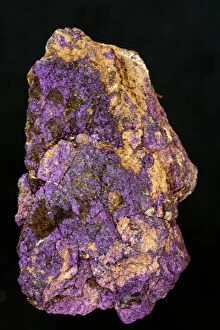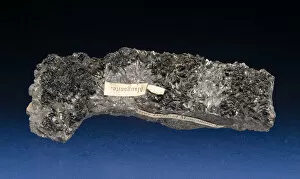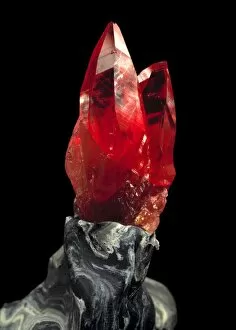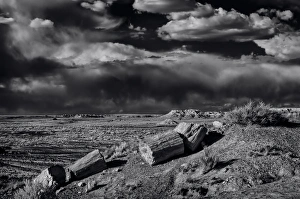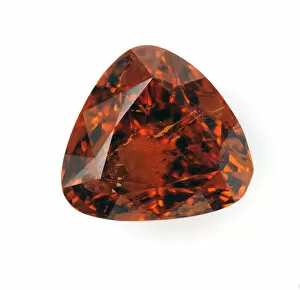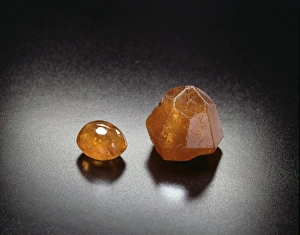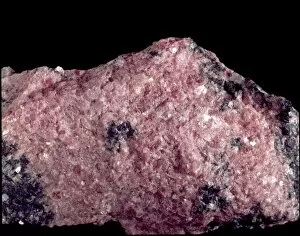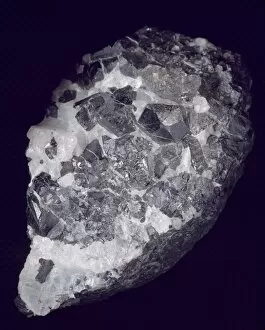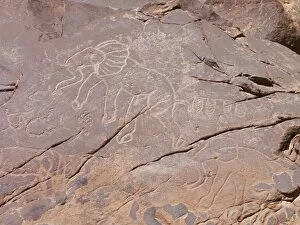Manganese Collection
"Manganese: Unveiling the Versatile Element" Picture No
All Professionally Made to Order for Quick Shipping
"Manganese: Unveiling the Versatile Element" Picture No. 11050115 showcases the mesmerizing world of manganese, a mineral that holds immense significance in various domains. Franklinite and zinc ore are just a glimpse into its diverse forms, each with their own unique properties. Did you know that they are be found in unexpected places? Take blueberries, for example – these delicious fruits contain traces of this essential element, contributing to our overall health and well-being. Exploring further, we stumble upon Manganite from Warwickshire, England. This striking specimen exemplifies the beauty hidden within nature's creations and highlights manganese's presence in geological wonders. Moving beyond rocks and minerals, we encounter man-made marvels like the Plate from Marseille dating back to the late 17th/early 18th century. Crafted with precision by an unknown creator, it serves as a testament to mankind's artistic prowess. Octagonal Cup with Handle hailing from Venice during the 19th century captivates us next. Its intricate design reflects both elegance and functionality while reminding us of how manganese has been integrated into everyday objects throughout history. Delving deeper into historical artifacts brings us to Octagonal Merrymen Plates crafted around c. 1680 using tin-glazed earthenware techniques. These plates not only showcase creativity but also demonstrate how manganese played a role in shaping tableware aesthetics centuries ago. The contributions of individuals cannot be overlooked either; Johan Gottlieb Gahn's engraving immortalizes his significant discoveries related to manganese chemistry – paving the way for future breakthroughs and scientific advancements. Even aviation owes gratitude to this remarkable element. The Hawker Siddeley HS-125-1B - 522 ZS-MAN aircraft stands tall as a symbol of progress made possible through innovative engineering utilizing materials such as manganese alloys. Fast-forwarding to more recent times takes us on an industrial journey where Sheffield witnessed cutting off lead from a manganese chain casting in 1965.


